Cultural Icon of Jiangsu: Blue Calico
Nantong, Jiangsu: A City of One Fabric and One Industry

Nantong is an important city located in eastern Jiangsu Province at the estuary of the Yangtze River. With its rich maritime and river culture, the city is uniquely characterized by two emblematic features: the traditional blue calico that embodies ancient craftsmanship, and a thriving modern textile industry that fuels its prosperity.
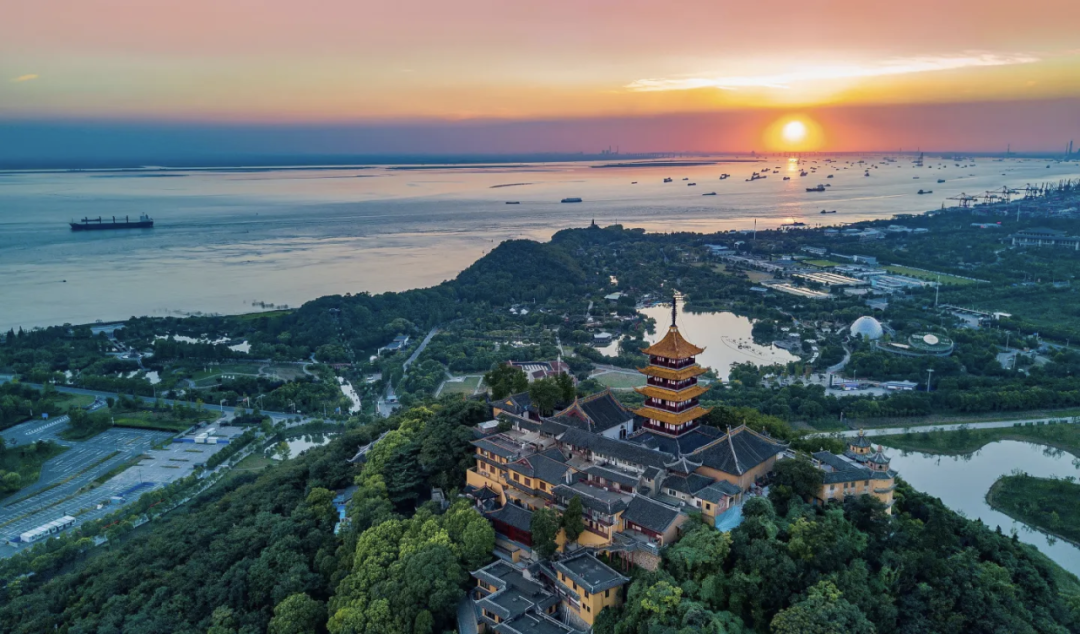
01 Blue Calico: An Intangible Cultural Heritage in the Palm of the Hand
Blue calico is a national-level intangible cultural heritage of Nantong, with a history spanning several centuries. It uses raw cotton cloth as its base and natural indigo dye extracted from plants. Characterized by its blue-and-white color scheme, the patterns on the fabric are simple yet beautiful, often symbolizing good fortune and prosperity. Common motifs include birds and animals, plants, and mythological figures such as "Five Blessings Presenting Longevity" (bats), "Abundance Year After Year" (fish), "Lion Playing with an Embroidered Ball" and "Carp Leaping over the Dragon Gate". It was listed as a national intangible cultural heritage in 2006. The core production process involves several key steps:
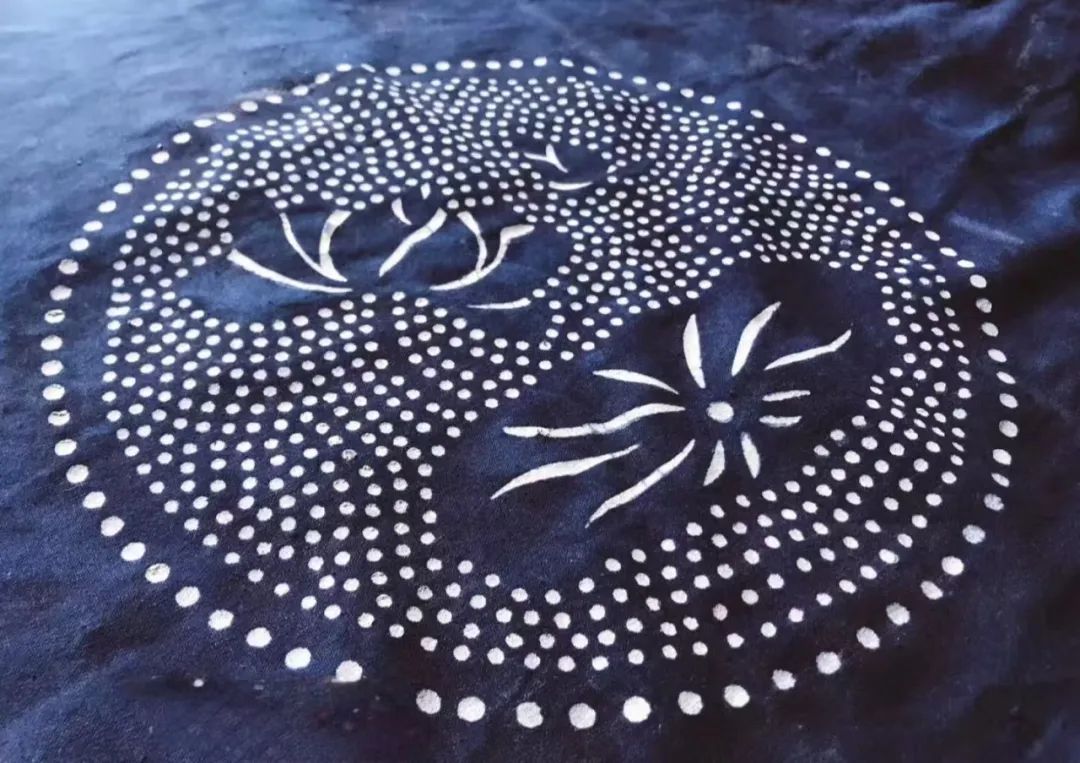
key steps
Stencil Carving: Artisans carve patterns onto oiled cardboard or wooden boards.
Paste Application: A resist paste made from soybean flour and slaked lime is spread over the stencil and applied to the cloth, adhering through the hollowed-out areas.
Dyeing: The cloth is repeatedly dipped in indigo vats and oxidized, dyeing the areas not protected by the paste a deep blue.
Paste Removal: Once dried, the paste is scraped off, revealing white patterns against a blue background, or vice versa.
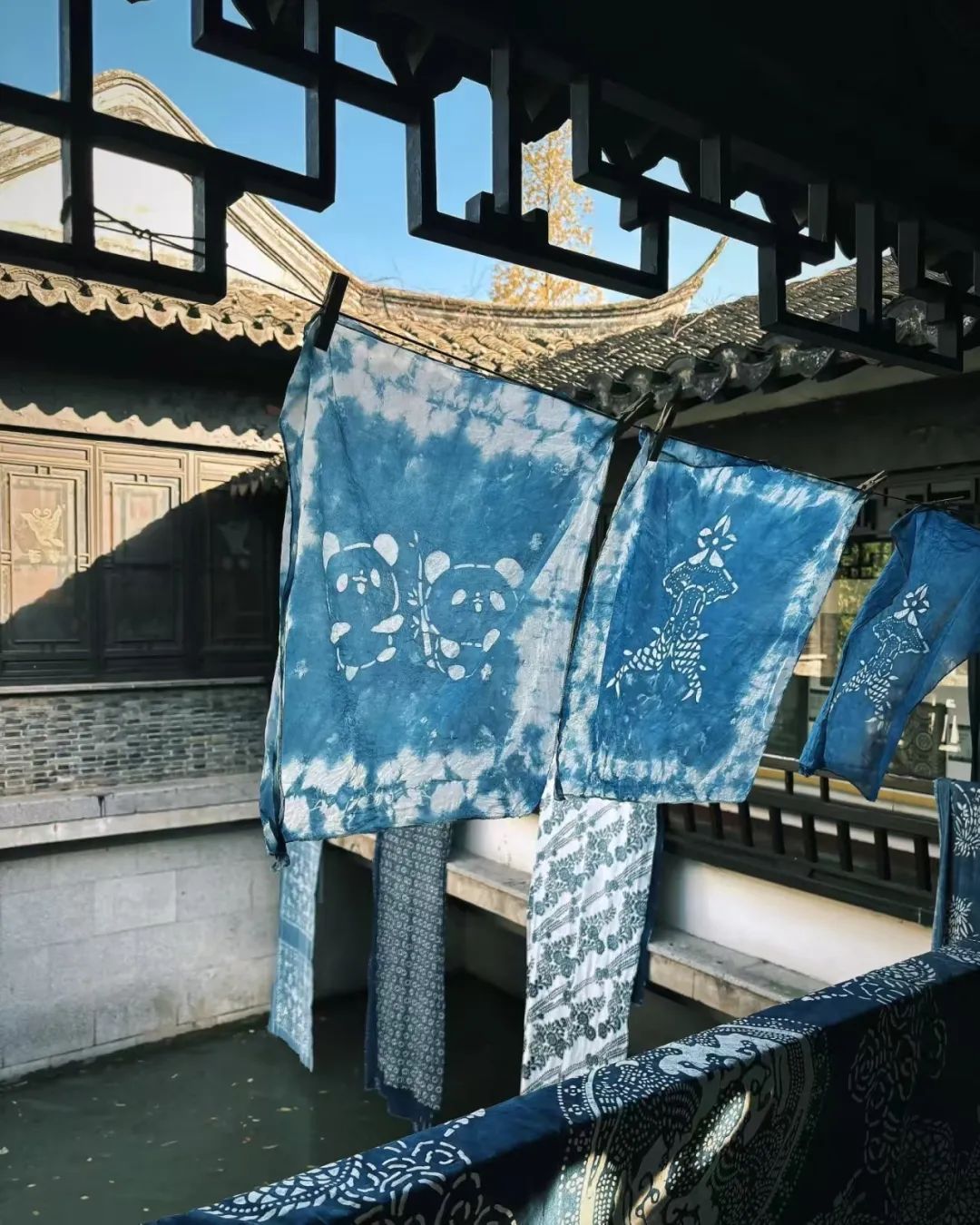
While preserving traditional craftsmanship, generations of artisans have also embraced innovation. By integrating traditional patterns with modern design, they have developed clothing, home goods, and cultural-creative products, allowing blue calico to move beyond museum exhibits and into contemporary life, gaining renewed vitality.
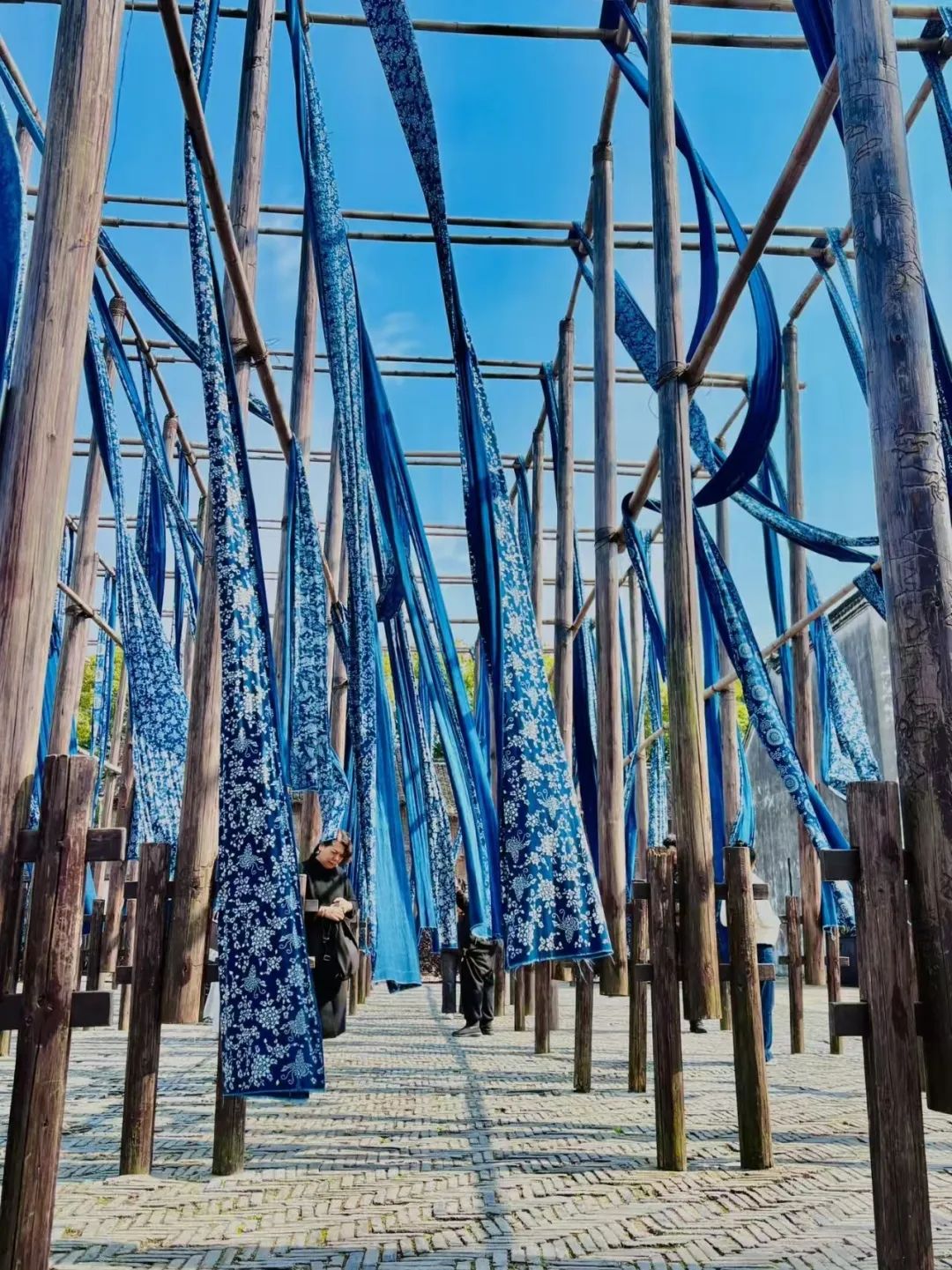
02 A Textile Powerhouse: A Solid Foundation for the Real Economy
As a cradle of China's modern national industry, Nantong owes much to Zhang Jian, the top scholar of the late Qing dynasty, who founded Dasheng Cotton Mill in pursuit of his ideal of "saving the country through industry". A century of development and innovation has earned Nantong the titles of "Hometown of Textiles" and "Capital of Home Textiles".
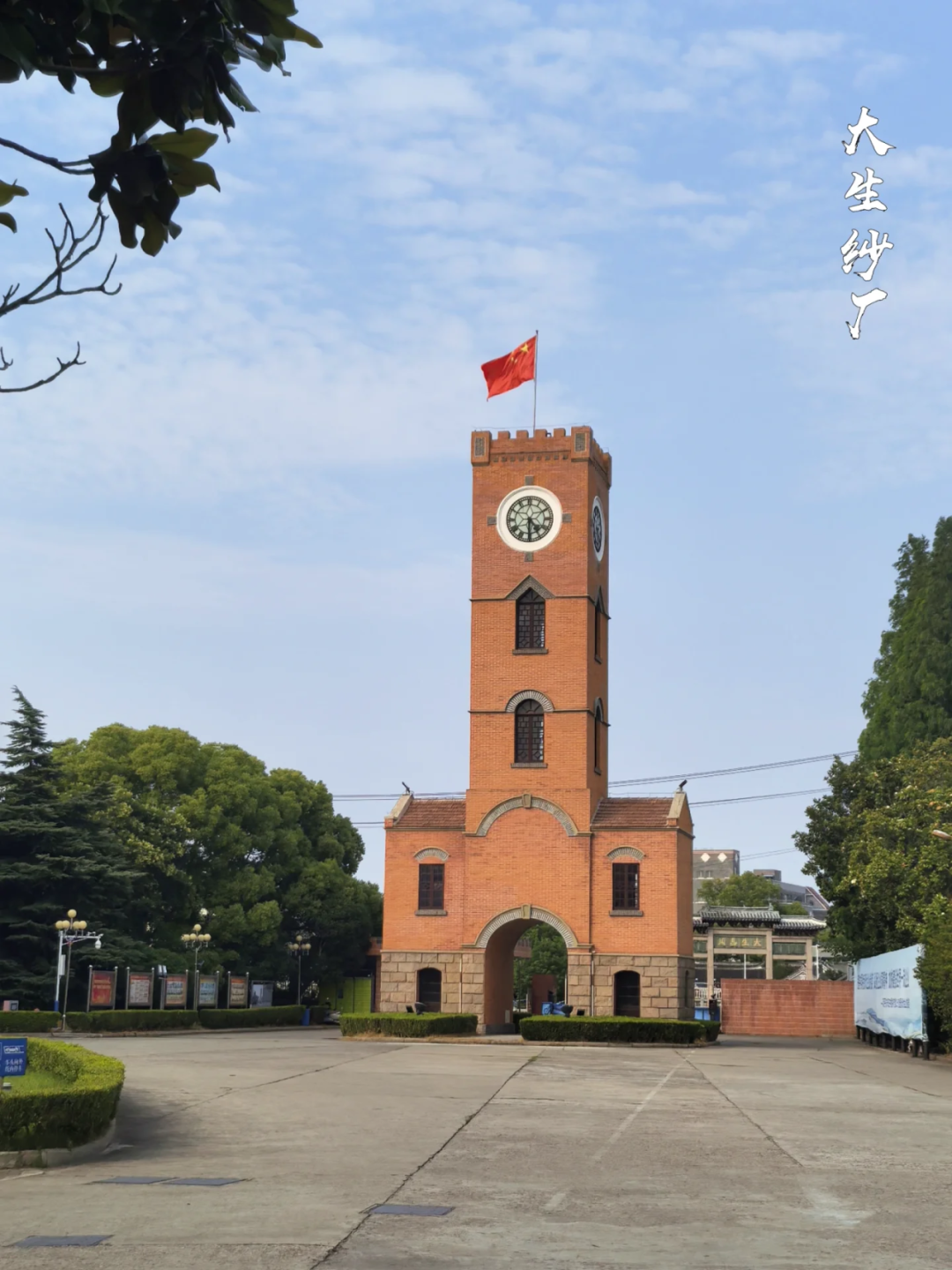
Today, Nantong's textile industry is deeply integrated into the global market. It boasts one of the world's largest home textile industrial clusters, with an annual transaction volume exceeding 100 billion yuan and products exported worldwide. From spinning and weaving to dyeing, design, production, and sales, Nantong has established a highly concentrated and collaborative industrial chain.
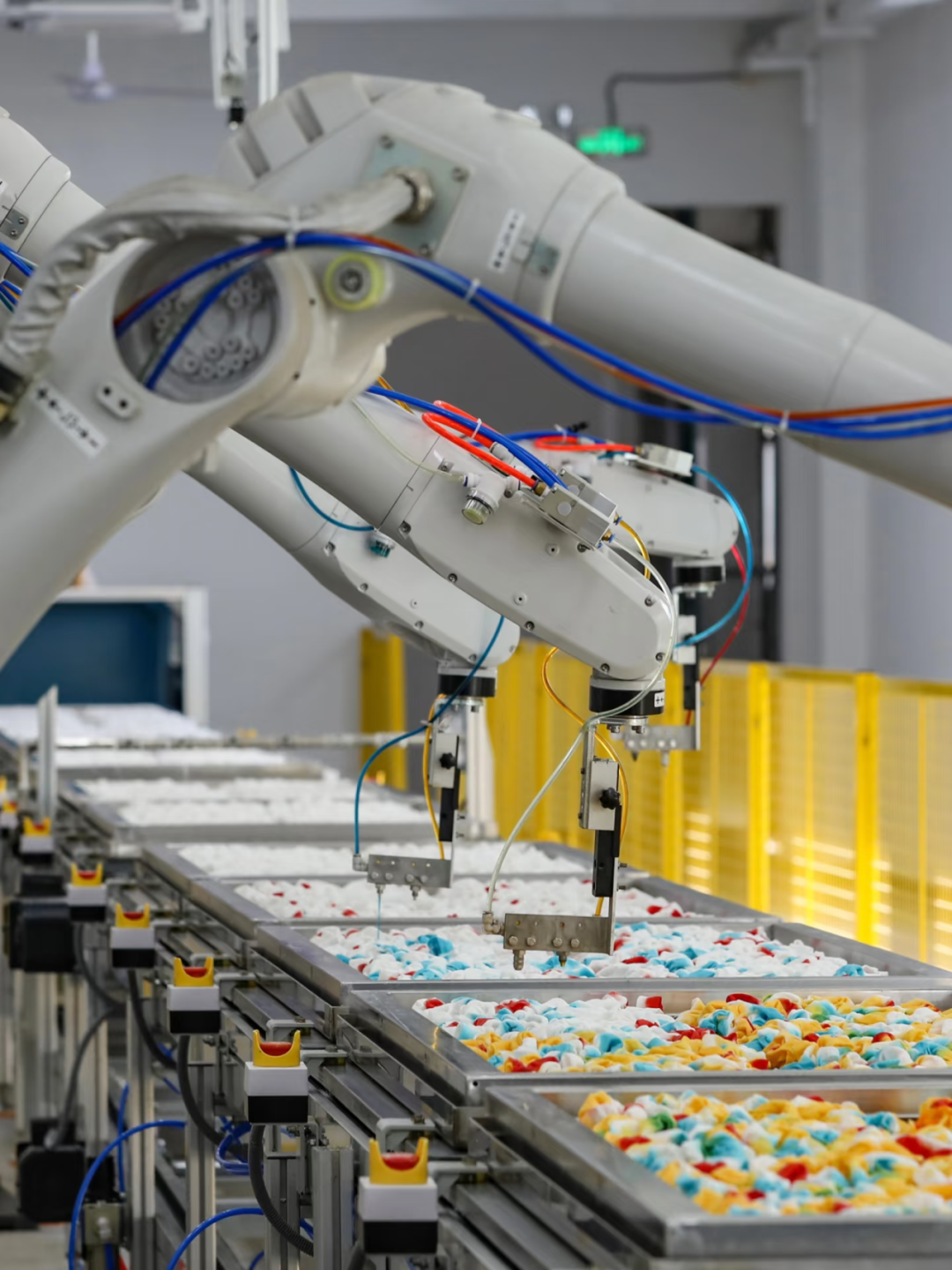
President Xi Jinping has emphasized that "the real economy is the foundation of a country's economy and the source of its wealth" and that "we must focus on developing the real economy." Nantong's thriving textile industry exemplifies this vision by generating wealth and providing substantial employment. Today, it is embracing smart manufacturing and green production, accelerating the transformation towards high-end, intelligent, and sustainable development.
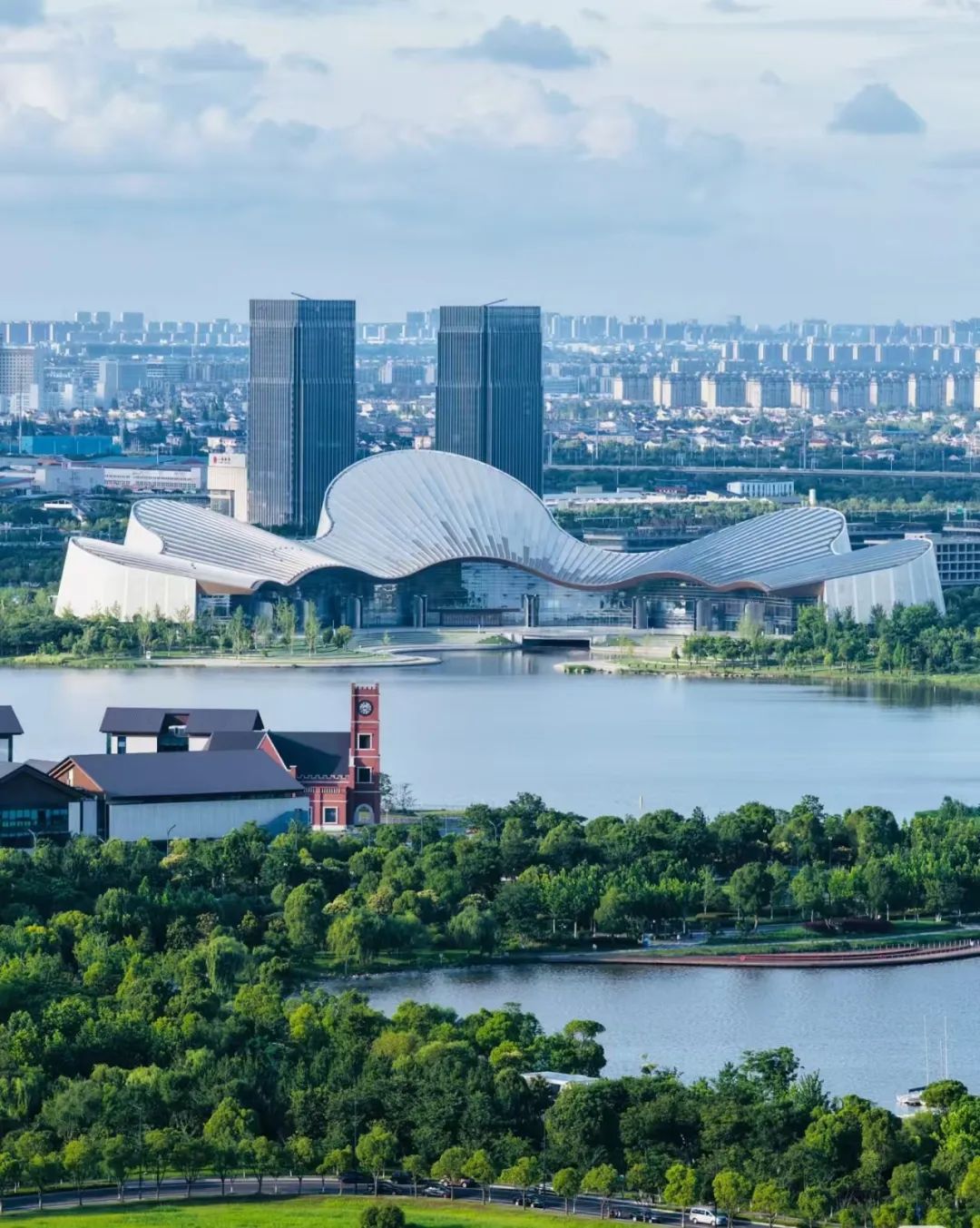
From the indigo-dyed blue calico that embodies a thousand years of craftsmanship to the modern textile factories whose products reach across the globe, this cultural heritage and industrial strength together form the most distinctive and dynamic symbol of Nantong, Jiangsu.

访客通道(项目入口)
还没有账号?
立即注册